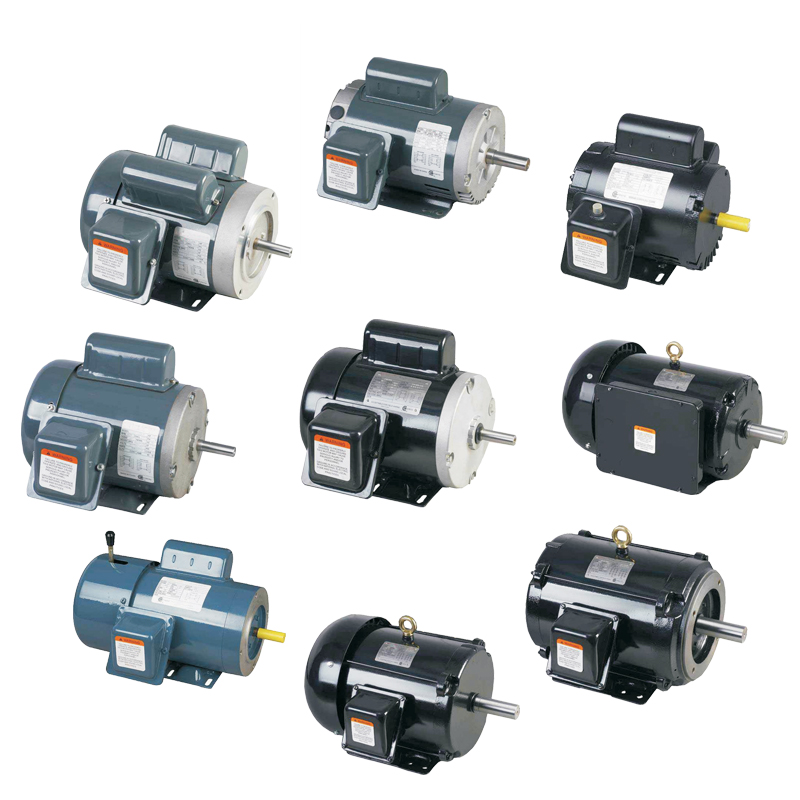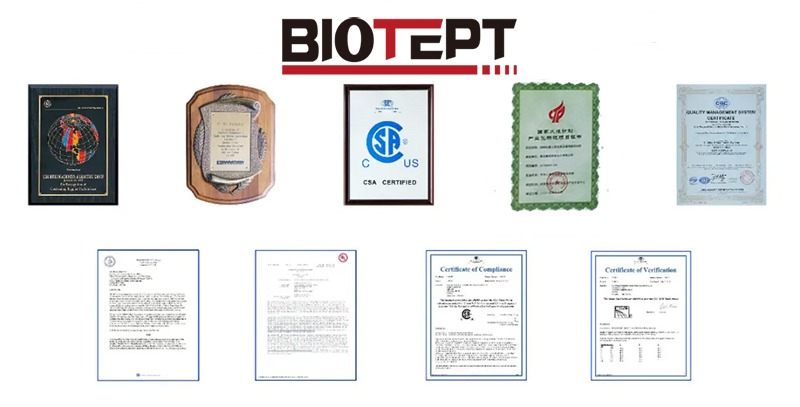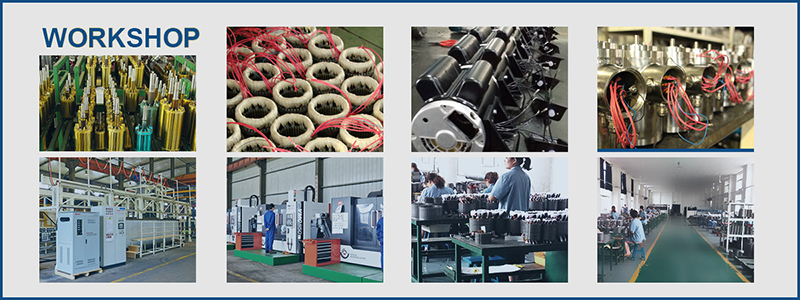Analysis of Reorganization of Power Assets
BIOTEPT NEMA Rolled steel standard high starting torque, high slip ratio three-phase asynchronous motors B design have insulation class F, Protection grade IP44, service factor 1.15. Voltage rating of 230/460V. The rated frequency is 60HZ. Premium Efficiency Motor,Nema Premium Efficiency, Ie4 Electric Motors,A 3 Phase Induction Motor Ningbo Biote Mechanical Electrical Co.,Ltd , https://www.biotept.com
The rapid development of the industry has resulted in overcapacity in the power generation industry. Coupled with the increase in coal prices, the thermal power industry has suffered serious losses. The SASAC has repeatedly stressed that by 2010, the central SOEs will have to reorganize to 80-100 homes, and that the top three enterprises that are unable to do so will face forced restructuring. As a result, major central power groups have the momentum and pressure to continue to expand.
Against this background, all major power groups have put forward the idea of ​​"electricity as the core, coal as the foundation, and industrial integration and coordinated development". Through new construction, reorganization, and other means, we will extend the industrial chain and move toward the goal of an integrated energy group.
Central power companies acquire local power companies to seek expansion Due to the decline in profitability of thermal power companies, the development of local power companies is limited, and local governments have the desire to associate local power companies with central power companies. Central power companies also have a national layout. In this context, the central power companies have become a trend to acquire local power companies.
Huaneng Group has become the controlling shareholder of Inner Mongolia Northern Power and Luneng Taishan through acquisitions, and has become the second largest shareholder of Yudean Group and Shenzhen Energy Group. Huadian Group completed the acquisition of Liaoning Jinshan, Shanxi Jineng, Shanxi Hexin, and Sichuan and Fujian small hydropower. China Power Investment Group successfully acquired Guizhou Jinyuan Group.
Mergers and Acquisitions of Coal Enterprises and Acquisition of Upstream Resources In 2008, the power generation enterprises experienced a loss-making situation in the entire industry. In order to ease the contradiction between coal and power supply and reverse the loss of power generation companies, the five major power generation groups from the Shenhua Group's coal, electricity, roads, and ports industrial clusters, integrated Enlightenment from the development, through mergers and acquisitions, coal and electricity integration, and strategic cooperation with large coal companies and other means to increase investment in the coal industry development efforts to increase self-sufficiency rate and enhance the right to speak in coal procurement.
In February 2008, China Guodian Corporation received a 51% stake in Inner Mongolia Pingzhuang Coal (Group) Co., Ltd. In October 2008, Huaneng Group obtained the 40% equity of Huating Group, Gansu's largest coal group, from the Gansu Provincial SASAC and became its second largest shareholder. In December 2010, Huadian International acquired Bailu Coal Mine, Xijiazhai Coal Mine and Half Ridge Coal Mine in Quzhou, Shanxi Province, and integrated it into the Shanxi Luzhou Maohua Bailu Coal Company.
Investment in the financial industry to achieve business diversification In addition to consolidation in the coal industry, various power groups have also diversified their businesses by investing in finance and other industries, increasing their profits and making up for losses. As of the end of 2009, the five major power generation groups had 18 financial institutions and 20 financial institutions, totaling 38, covering financial companies, commercial banks, securities, funds, futures, property, life insurance, trusts, insurance agencies, and industrial funds. Financial services. Among them, holdings of financial assets reached 118.2 billion yuan, and profits of 3.4 billion yuan, accounting for 17% of all profits of the five major groups.
Listed companies become financing platforms and promote asset injection and listing as a trend Due to high investment since its establishment, the five major power groups have high debt ratios and low profitability has become a common problem. When the five major power generation groups were established, the average debt ratio was around 65%. At the end of 2009, the average asset-liability ratio of the five major groups reached 86%, which exceeded the limit of 85% that was limited by the SASAC and became the industry with the highest debt ratio among central industrial enterprises.
In view of the above situation, the five major power generation groups have done every possible means to innovate their financing in recent years. They have made controlling asset-liability ratios and reducing operational risks a top priority. They are all preparing to promote the listing of subordinate assets and capitalize on the financing functions of listed companies and raise funds through the capital market. funds.
In the future, the promotion of corporate listing and asset injection has become an important issue for listed companies or major power groups. Datang Group's work conference in 2011 pointed out that "we must continue to do a good job of financing the listed companies. Guiguan Electric Power and Huayin Electric Power should seriously study development ideas, submit capital operation implementation plans as soon as possible, continue to promote refinancing, and strive to expand the scale of equity financing; Datang International must seize the favorable time window to ensure that non-public issuance and bond financing are completed in the first half of the year." Huadian Group proposed that in 2011, it will “accelerate the pace of capital operation, speed up the listing of companies and the transformation of joint-stock companies, and leverage the role of listed companies to increase the capital financing capacityâ€. Guodian Group will “expand the scale of direct financing in 2011. It will strengthen capital operations, roll over alternative financing, and ensure that the asset-liability ratio is under control. We will continue to introduce equity funds at multiple levels and at multiple levels.†Huadian Group strives to list Huadian Engineering Heavy Industry Group in 2012 At the same time, we must step up efforts to cultivate Huadian Coal's listing.
The policy orientation of separation of main and auxiliary power grid companies improves the future merger and reorganization of power grid auxiliary businesses. The demand and characteristics of power grid assets in areas such as uniqueness and security, as well as the status of power transmission, distribution, and delivery in China have not yet been separated. Only the State Grid Corporation of China and the China Southern Power Grid Corporation (there are a few self-generated transmission assets in certain regions, but the scale is very small), and there is no cross-cutting and competition between them. Therefore, so far, grid assets have remained silent in the reorganization of electric power assets in China.
However, according to the overall spirit of the introduction of competition in the power system reform at each stage, the grid companies further implement the separation of the main and auxiliary has been put on the agenda of the deepening of the power reform, the Electricity Regulatory Commission clearly requires the active promotion of "three production" and "multi-classification" of power grid companies. The government's stripping work; at the same time, the government clearly put forward the requirement that "the separation of plant and network, the separation of the main and auxiliary is completed, and the power generation and power grid companies are allowed to go public through the capital market for financing and further implement the shareholding system transformation." It is believed that with the deepening of the reforms, the assets restructuring and capital operation of power grid companies in order to increase operating efficiency will also surface. At present, the large non-core assets within the two major power grid companies provide the basis for asset restructuring and mergers and acquisitions. 

